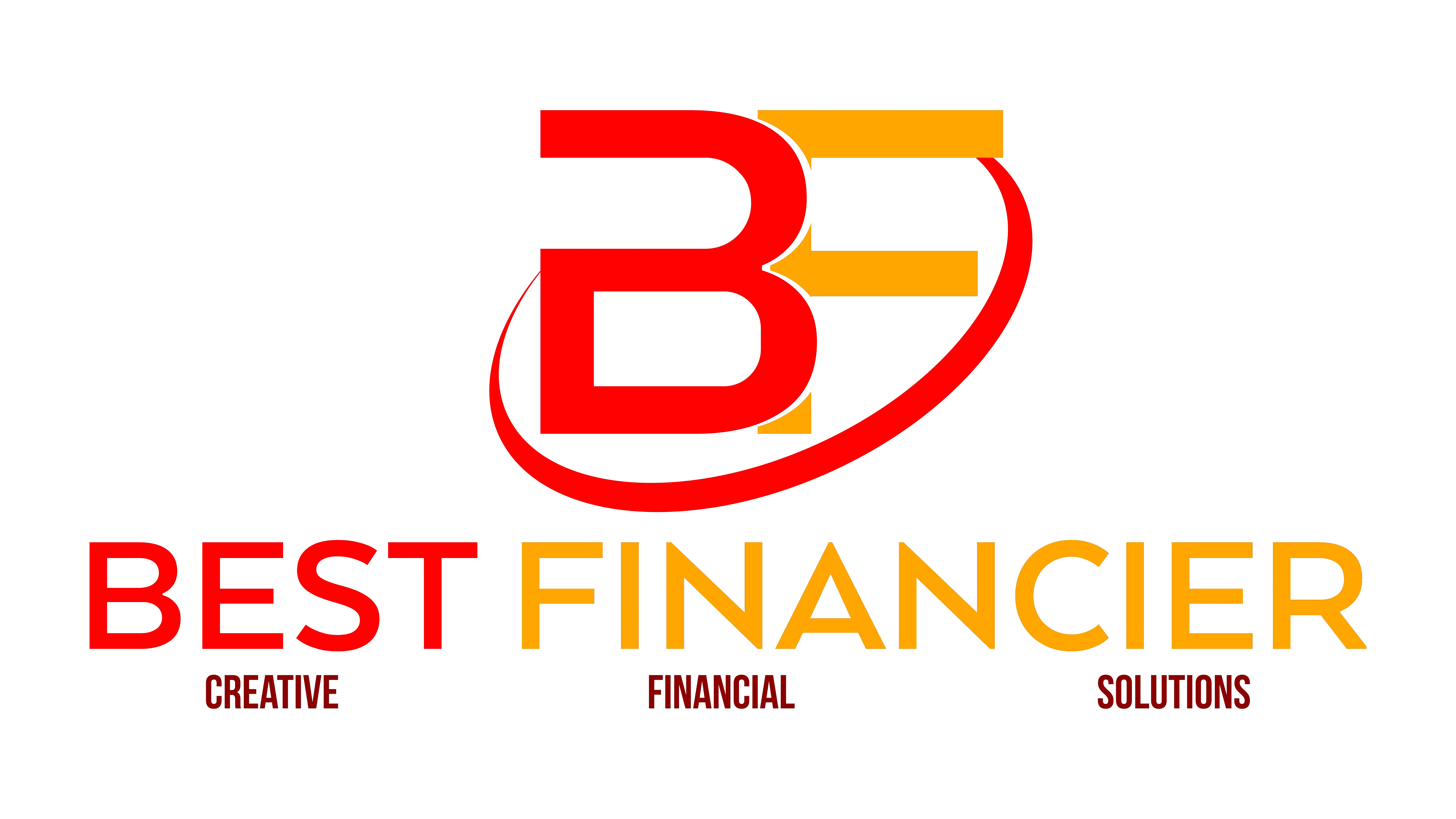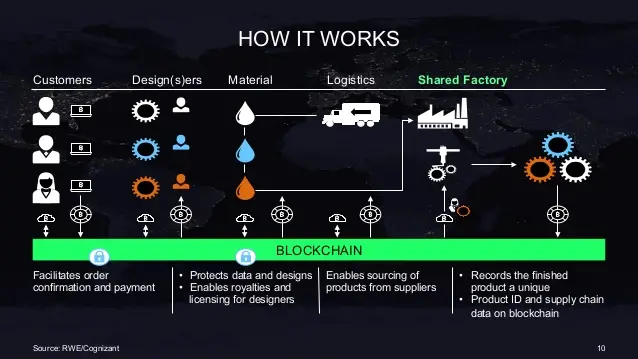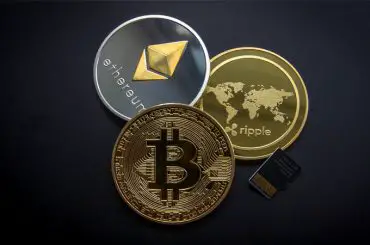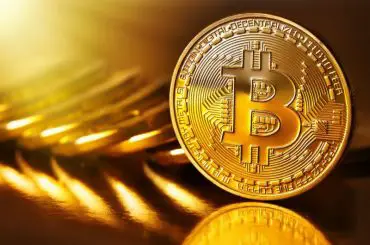Information presented on this web page is intended for informational and educational purposes only and is not meant to be taken as legal, financial, investment or tax advice. We do not accept any responsibility for any trading or investment related losses. Please review our disclaimer on before taking action based upon anything you read or see.
It is generally said that the Bitcoin blockchain stores all of the transactions and other data involved in bitcoin since it was first mined. Transactions occur through a process called mining, which uses resources to solve math problems required for creating new blocks on the blockchain.
The miners who succeed are rewarded with bitcoins and given an incentive to continue doing so because they can make more money from these rewards than those who don’t mine.
With the passage of time, blockchain is maturing at a quicker pace and acquiring greater traction. In recent years, there has been a plethora of cryptocurrency choices available for purchase, storage, and usage all across the globe.
For example, the hyper grid is one of the most well-known initiatives that use tools, platforms, and libraries to address business problems.
So, if you’re interested in learning where the blockchain data on my PC is kept, continue reading.
The key to change is decentralization.

The most crucial thing to remember is that decentralization lies at the heart of the Blockchain idea. There is no requirement for a central structure to run the network since peers may use the compromised approach to control activity accounts.
In a nutshell, the Blockchain is a system of users where trades must be completed using a technological technique.
Another crucial topic is where the Blockchain will be kept.
Blockchain’s Operation

A blockchain is a distributed ledger program that allows peers to interact and transact in order to store and view the data. Consider Carry and Jim’s party, each of whom wants to transfer money to Jim. To execute the deal, he will use the secret key and Jim’s public address.
The block will then be presented to the transaction. The network’s consortium blockchain is used to validate the block. This algorithm will be used by the network to validate the transaction. The verification procedure will be recorded on the Blockchain, and Jim will be paid the needed amount after it is completed. Once published, this data cannot be modified.
A similar procedure might be followed between 2 parties: a firm, a financial institution, or a purchaser who wishes to trade on the blockchain system.
Where is BlockChain kept?

We’ll talk about where the BlockChain is kept now that we’ve fully grasped the notion of Blockchain.
The following information is transmitted when a transaction is completed using BlockChain.
- Transaction date and time
- The number of funds that have been transferred from the source to the destination.
- Sender’s address and receiver’s address
In order to complete the transaction, more information may be required.
So, let’s attempt to grasp this notion using Bitcoins as an example.
- The transaction’s date.
- The amount of money that was sent.
- The giver’s Bitcoin address.
- The recipient’s Bitcoin address.
In the Blockchain network, a heading is used to gather operations. The titles are tied to the primary blockchain servers that construct the blockchains, which is why they’re called blockchains in the first place.
The Bitcoin vector is a one-of-a-kind set of fields that describe where Bitcoins must be recovered as well as inputs like miners.
The only way to get your money back from an exchanger or wallet service is to change it back into the monetary system with their help and pay any trading fees they may demand. The expenditure of Bitcoins is referred to as goods or property, and it is also referred to as an item vector. You don’t need to inquire for any information on a specific address using the Blockchain.
All of this is made possible by a person’s outstanding balance. The benefit of distributed ledger technology is that there are no major data flaws, and everything is kept up to date as new transactions or events are recorded. It is beneficial since it does not cause the network to become overloaded.
As you can see, things aren’t simple to process since there are so many activities to analyze, verify, and place in the block.
Conclusion
As a result of Blockchain’s fragmentation, there is no main center for its storage, hence the solution to the issue is not easy. This is why it is kept on all of your computers and devices across the network. The devices or platforms are known as nodes, and each node is a duplicate of the successful process or Blockchain on your system.
As a result, you can see how the blockchain concept is similar to spreadsheets. Where the entries of each item are the address’s integer, incorrect meaning. Based on how well the network is running, the procedure of saving the data could take a couple of minutes and actually occur everywhere.





